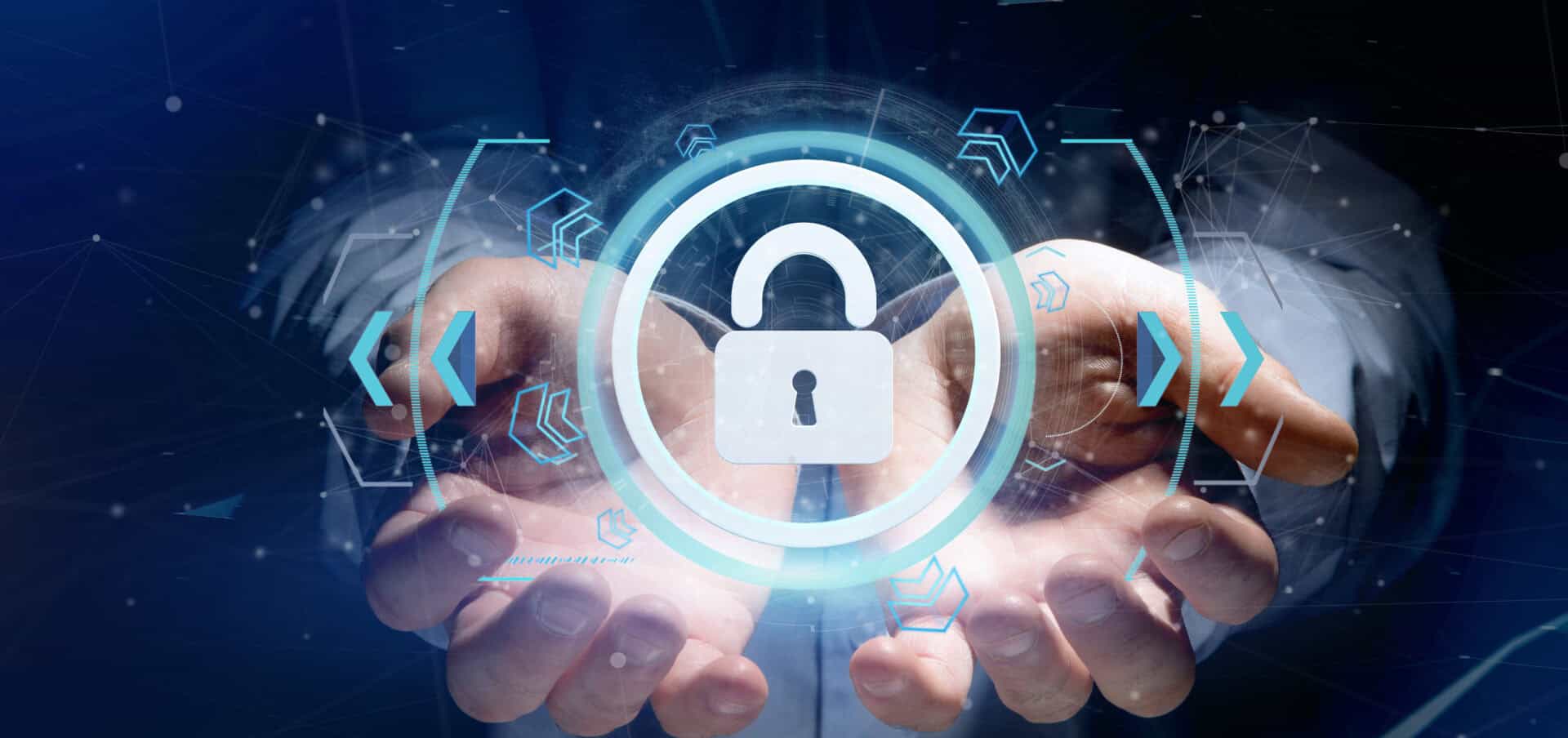Many small and medium-sized businesses (SMBs) have embraced remote work as a part of their operations today. While this offers flexibility and efficiency, it also comes with cybersecurity risks that must be addressed proactively. Protecting your remote-friendly business helps you safeguard sensitive data, maintain productivity, and build customer trust.
Read on to learn more about common cybersecurity risks faced by businesses with remote staff and actionable strategies to keep your business safe.
Why Remote-Friendly Businesses Should Care About Their Cybersecurity
Cybersecurity holds immense importance for remote-friendly businesses, and it goes further than merely being compliant. With the digital ecosystem present in the world of businesses, remote work environments become susceptible to a myriad of cyber threats that can compromise sensitive data, disrupt business operations, and damage reputations. Because of this, prioritizing cybersecurity becomes a strategic imperative for remote-friendly businesses.
At the heart of this concern is the need to protect valuable data assets from unauthorized access, leaks, or breaches. Remote work involves the transmission and storage of sensitive information across various devices and networks, creating vulnerabilities that cybercriminals may exploit. Having strong cybersecurity measures for your business both safeguards confidential data while also maintaining trust with clients, partners, and regulatory bodies.
Additionally, investing in cybersecurity strengthens a business’s resilience; if anything were to go wrong, your cybersecurity measures would lessen the financial and reputational impact your business faces. This lets remote-friendly businesses that prioritize cybersecurity gain a competitive advantage by demonstrating their commitment to data security, enhancing their reputation, and attracting clients who value trust and integrity in their business relationships.
Understanding Cybersecurity Risks for Remote-Friendly Businesses
As your business adopts remote-friendly practices, you encounter a range of cybersecurity risks that differ from traditional office setups. Remote work introduces vulnerabilities related to network security, data protection, and employee awareness. Understanding these risks is the first step toward implementing effective cybersecurity measures. So, let’s look into the most common risks remote-friendly businesses face:
Phishing Attacks
Phishing remains a top cybersecurity threat, exploiting human vulnerabilities to gain unauthorized access or steal sensitive information. Remote workers, operating outside secure office environments, are often targeted through deceptive emails, messages, or websites. The risk increases when employees use personal devices or connect to unsecured networks, making them more susceptible to phishing scams.
Unsecured Wi-Fi Networks
Remote workers frequently rely on public Wi-Fi networks for connectivity, exposing data to potential interception by cybercriminals. Hackers can exploit unsecured Wi-Fi connections to eavesdrop on communications, capture sensitive information, or launch attacks like man-in-the-middle (MITM), compromising data integrity and confidentiality.
Endpoint Security
The use of many different kinds of remote devices, such as laptops, tablets, and smartphones, amplifies the importance of endpoint security. Without adequate protection, these devices become entry points for malware, ransomware, and unauthorized access. Securing endpoints helps businesses prevent data breaches and lessens the cybersecurity risks associated with remote work.
Data Leakage
Data leakage refers to unauthorized access, sharing, or exposure of sensitive information, posing significant risks to businesses. Remote work environments increase the likelihood of data leakage due to employees using personal devices, accessing unsecured networks, or inadvertently exposing data through improper handling or storage. Data protection measures, therefore, become an important part of a remote-friendly business’ cybersecurity plans, as they prevent data leakage and help maintain confidentiality.
Strategies to Strengthen Cybersecurity for Remote-Friendly Businesses
Protecting your remote-friendly business requires a proactive approach to cybersecurity. To reduce the risk of cyber threats and safeguard your sensitive data all in one go, the best thing to do is put in cybersecurity measures and best practices to help.
Here are some actionable strategies to strengthen cybersecurity for your remote-friendly business:
Educate Employees on Cybersecurity Best Practices
Educate employees about phishing awareness, secure password management, and recognizing potential threats with cybersecurity awareness training. Encourage a culture of cybersecurity awareness and responsibility across all levels of the organization.
Use Multi-Factor Authentication (MFA)
MFA adds an extra layer of protection by requiring users to verify their identity through multiple factors such as passwords, biometrics, or one-time codes. This significantly reduces the risk of unauthorized access, even if passwords are compromised.
Secure Remote Access with VPNs
Utilize virtual private networks (VPNs) to create a secure encrypted connection for remote workers accessing company resources. VPNs establish a secure tunnel over public networks, protecting data from interception and unauthorized access. Ensure VPNs are properly configured and updated to maintain optimal security levels.
Enforce Strong Password Policies
Implement and enforce strong password policies that require employees to use complex passwords and change them regularly. Encourage the use of password managers to securely store and manage passwords.
Regularly Update and Patch Software
Keep all software, including operating systems, applications, and security tools, up to date with the latest patches and updates. Regularly patching vulnerabilities helps lessen the risk of exploitation by cyber attackers. Establish a proactive software update schedule to ensure continuous protection against emerging threats.
Secure Endpoint Devices
Deploy endpoint security solutions such as antivirus software, firewalls, and intrusion detection systems (IDS) to protect remote devices from malware and unauthorized access. Enable encryption on devices to secure data at rest and in transit. Implement remote wiping capabilities to protect data in the event of device loss or theft.
Monitor and Audit Network Activity
Utilize network monitoring tools to detect and respond to suspicious activities or anomalies at the moment of detection. Conduct regular security audits and assessments to identify vulnerabilities and compliance gaps. Implement logging and monitoring practices to track and analyze network traffic, user behavior, and security incidents.
Backup Data Regularly
Have a data backup and recovery plan in place to protect against data loss due to cyber incidents or disasters. Regularly backup critical data and store backups securely in offsite locations or cloud storage with encryption. Test backup and recovery processes periodically to ensure data integrity and availability.
Partner with a Managed Security Service Provider (MSSP)
Consider partnering with a managed security service provider (MSSP), such as the team at CMIT Solutions Houston SW, to enhance your cybersecurity posture. MSSPs offer expertise in threat detection, incident response, and security management, complementing internal cybersecurity efforts.
Develop a Cyber Incident Response Plan
Prepare for cybersecurity incidents by developing a comprehensive incident response plan. Define roles, responsibilities, and procedures for responding to security breaches, data breaches, or cyberattacks. Conduct regular tabletop exercises and simulations to test and refine the incident response plan.
Do you want to keep your remote-friendly business safe? CMIT Solutions Houston SW can help. Contact us today to learn more!





